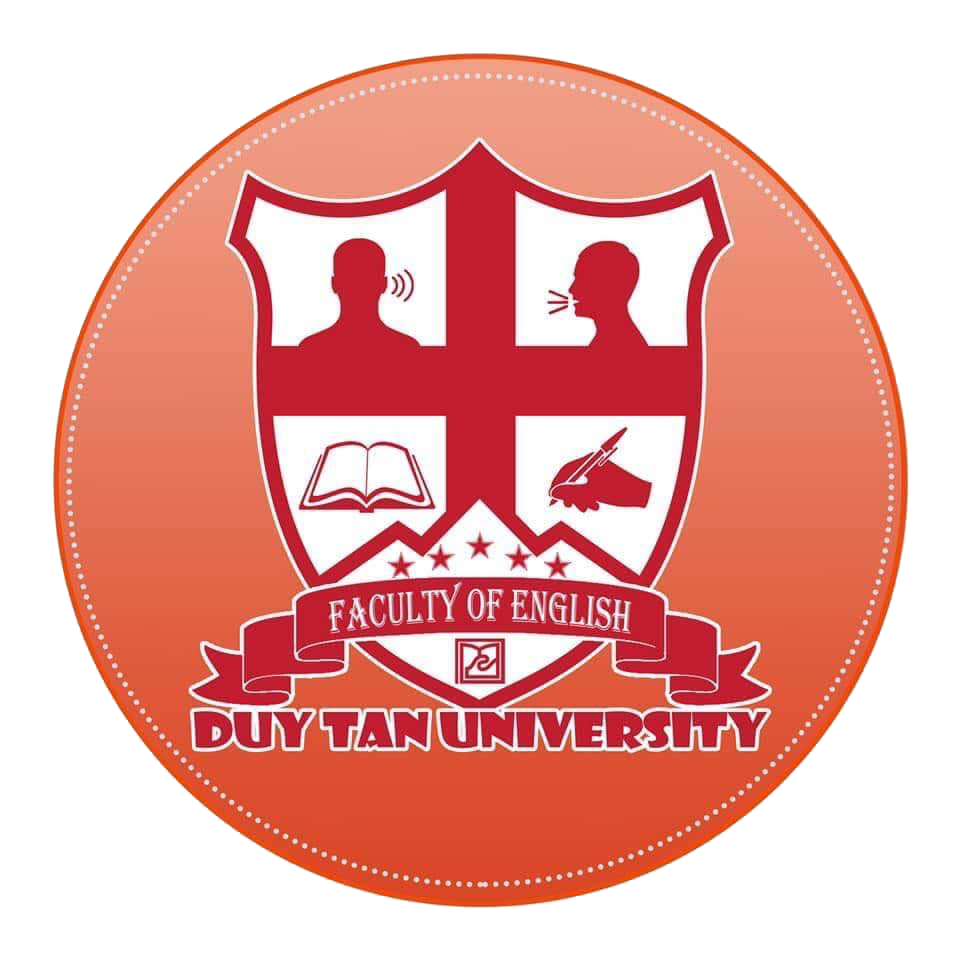HOW ARTIFICIAL INTELLIGENCE CAN BE APPLIED IN TEACHING AND LEARNING
INTRODUCTION
The 21st century has been marked by rapid technological advancement, and artificial intelligence (AI) is one of the most remarkable innovations of this era. From self-driving cars to medical diagnosis, AI is transforming the way humans live and work. Education, one of the most vital sectors of society, has also begun to experience significant changes due to the rise of AI. Teachers, students, and policymakers are debating whether AI should simply support the traditional classroom or completely reshape it. This essay will explore the applications of AI in teaching and learning, highlight its benefits and challenges, and discuss its future role in education.
CONTENT
One of the greatest strengths of AI lies in its ability to deliver personalized education. In most classrooms, students learn at the same pace, despite their different abilities. Some students may find lessons too fast and fall behind, while others may feel unchallenged and lose motivation. AI can analyze each learner’s performance, identify strengths and weaknesses, and design lessons that fit their individual needs. For example, if a student struggles with fractions in mathematics, an AI system can immediately provide extra exercises, videos, and explanations tailored to that area. At the same time, it can give advanced learners more complex tasks, ensuring they remain engaged. This personalized approach promotes confidence and improves learning outcomes.
AI is also widely used in the form of intelligent tutoring systems, which act as virtual teachers or study partners. Unlike human teachers, who have limited availability, AI tutors can operate 24/7. Students can ask questions at any time and receive instant explanations. In language learning, for instance, AI chatbots allow learners to practice speaking, correct grammar mistakes, and suggest better vocabulary choices. Similarly, in science or mathematics, AI tutors can break down complex problems into smaller steps, guiding students until they understand. This constant availability of support is especially beneficial for students who feel shy about asking questions in class.
Another important application of AI in education is content creation. Teachers often spend hours preparing quizzes, worksheets, or presentations. With AI, much of this work can be automated. A teacher can input a topic, and the system will generate test questions, flashcards, or even interactive games within minutes. Furthermore, AI can transform traditional learning materials into engaging multimedia formats. For example, instead of reading a text-heavy chapter about photosynthesis, students can explore an AI-generated animation that visually demonstrates the process. Such interactive materials not only make lessons more enjoyable but also improve memory retention, as students often learn better through visual and hands-on experiences.
Assessing student work is one of the most time-consuming responsibilities for teachers. AI has the potential to revolutionize this process. Automated grading systems can quickly evaluate multiple-choice tests, essays, and even oral presentations. In language learning, AI tools can assess grammar, vocabulary, coherence, and fluency. For example, an AI writing evaluator can point out spelling errors, suggest improvements in sentence structure, and provide a predicted IELTS band score. Similarly, in mathematics, AI can analyze the steps a student took to solve a problem and indicate exactly where the mistake occurred. The benefit of AI assessment is not only speed but also objectivity, as it eliminates human bias. Students also receive feedback instantly, which helps them learn from mistakes and improve more quickly.
AI does not only help students; it also assists teachers in many ways. By automating repetitive tasks such as grading and lesson planning, teachers can spend more time on meaningful classroom activities, such as mentoring, motivating, and encouraging creativity. AI systems can also track students’ progress over time and produce detailed reports, enabling teachers to identify struggling learners and provide targeted support. Moreover, AI can help teachers access a wide range of teaching resources and adapt lessons for students with special needs. For example, AI can convert text into speech for visually impaired learners or translate materials for bilingual classrooms.
Looking to the future, AI is expected to play an increasingly important role in education. Rather than replacing teachers, AI will likely act as a supportive partner, enabling educators to focus on activities that require creativity, empathy, and critical thinking. To ensure success, governments and educational institutions must develop ethical guidelines to protect student data, ensure equal access, and provide training for teachers. If implemented responsibly, AI could make education more inclusive, efficient, and adaptive to the needs of learners in the digital age.
Conclusion
In conclusion, the application of artificial intelligence in teaching and learning offers both exciting opportunities and serious challenges. AI can personalize learning, provide intelligent tutoring, create engaging content, and automate assessment, all of which improve efficiency and outcomes in education. At the same time, issues such as reduced human interaction, data privacy, and unequal access must be carefully addressed. Ultimately, AI should not be seen as a replacement for teachers but as a powerful tool that enhances their role. When used wisely, AI can help shape a future where education is more personalized, inclusive, and effective for all learners.

